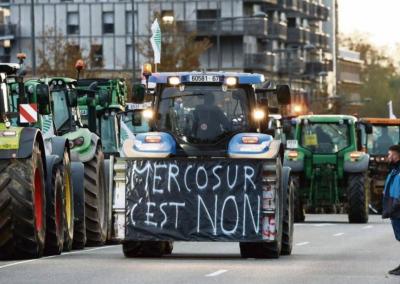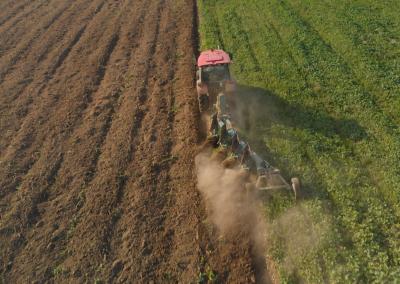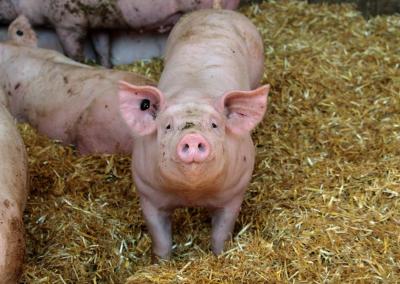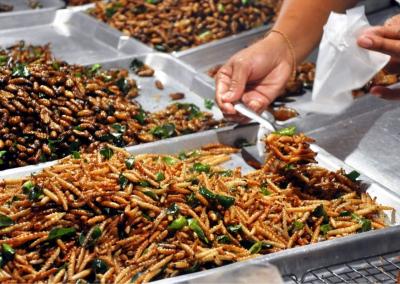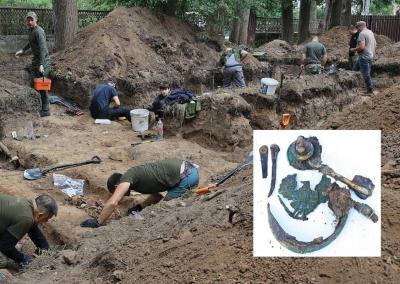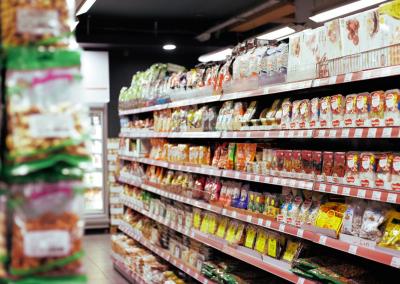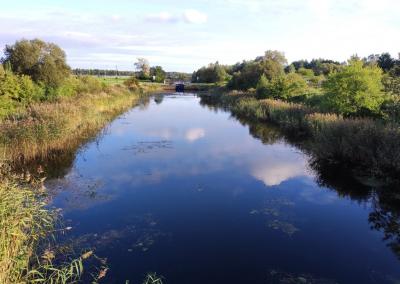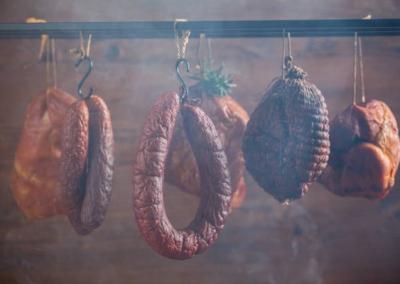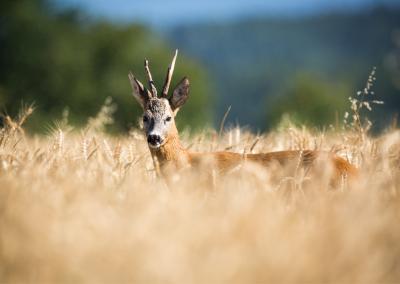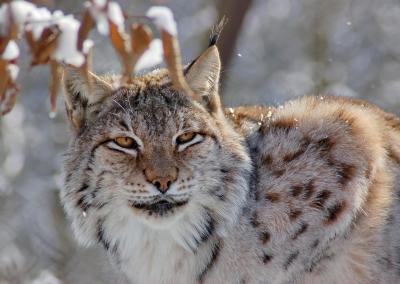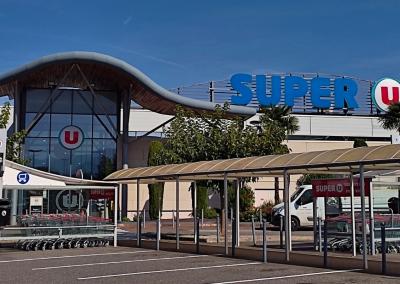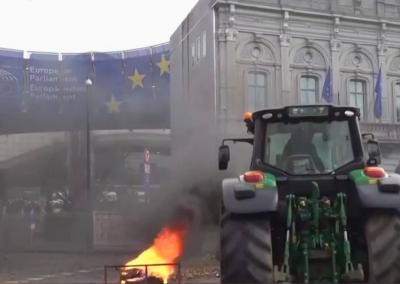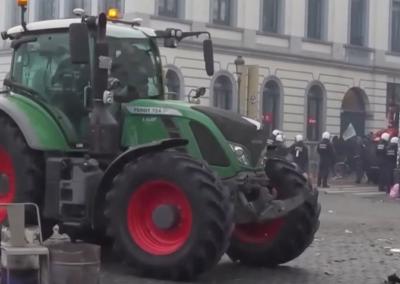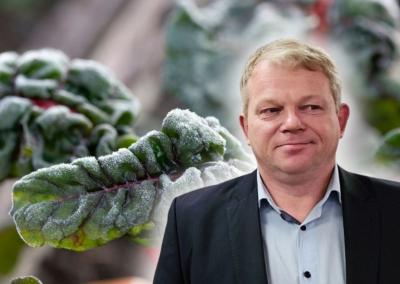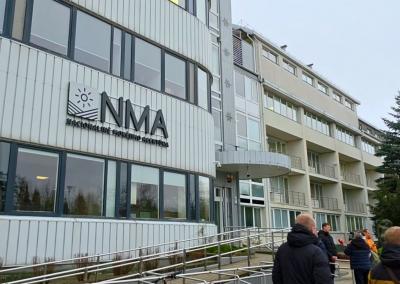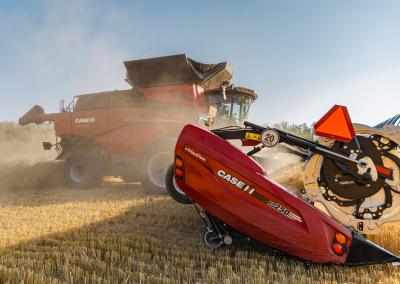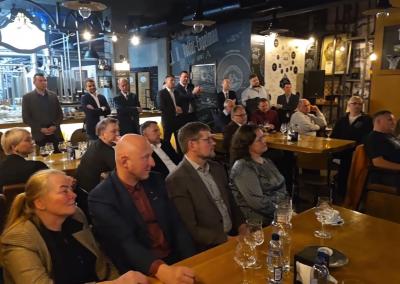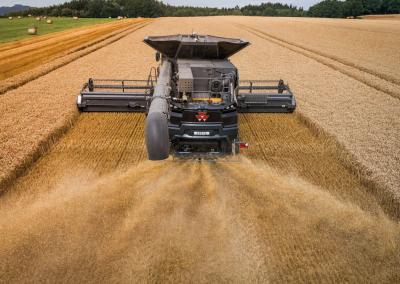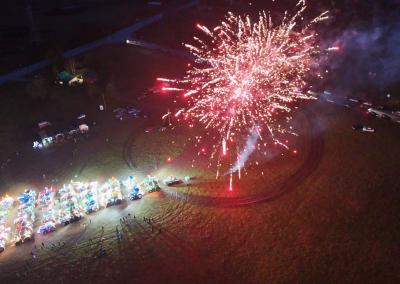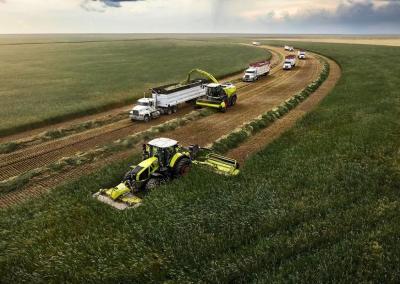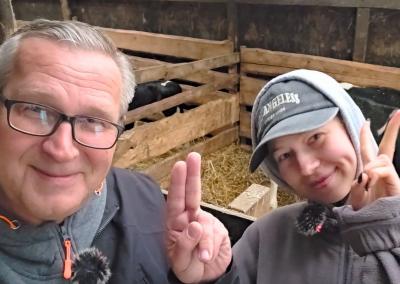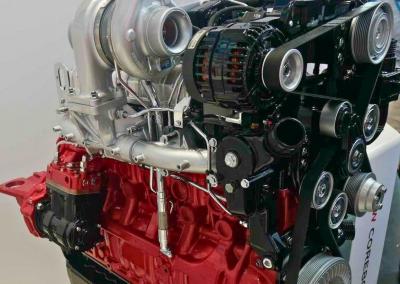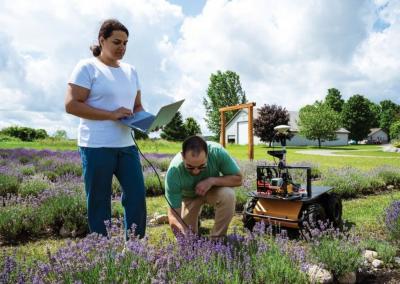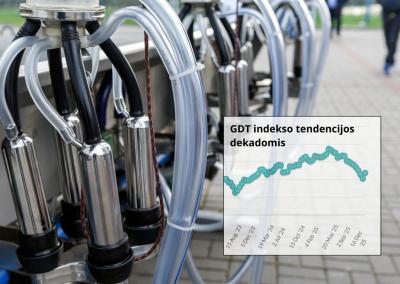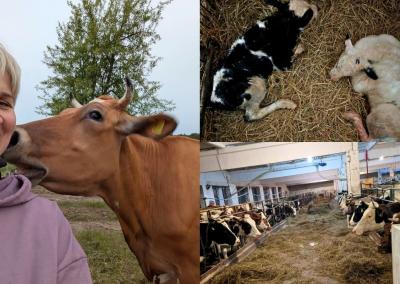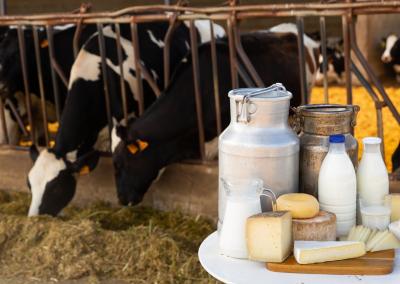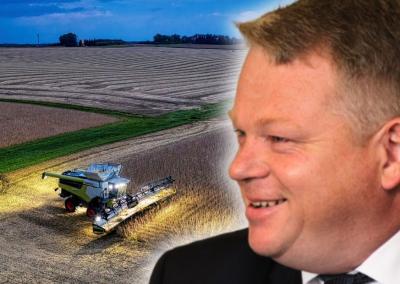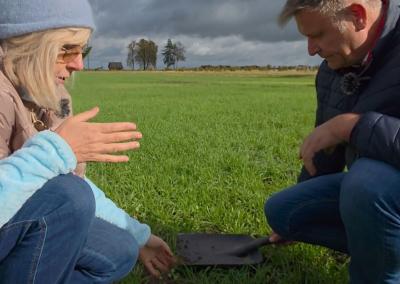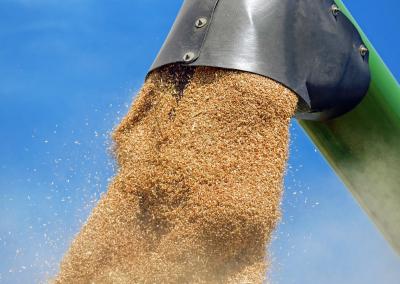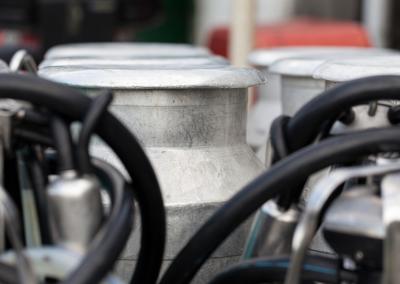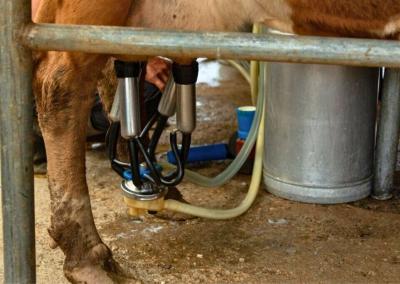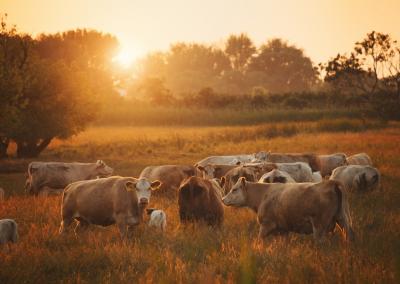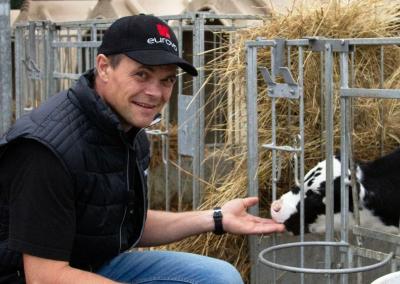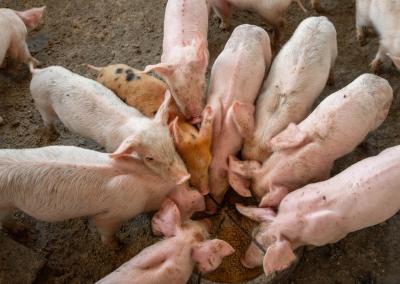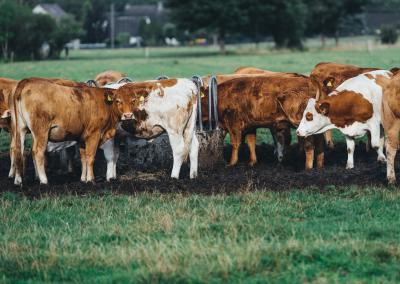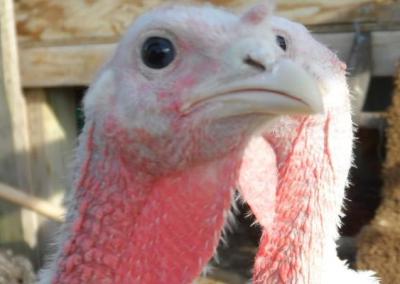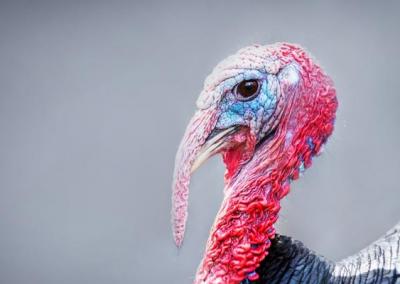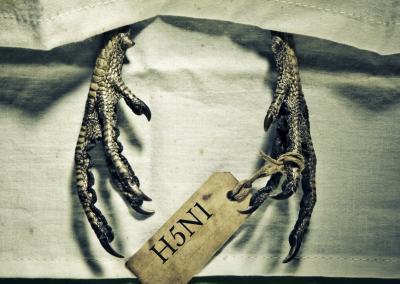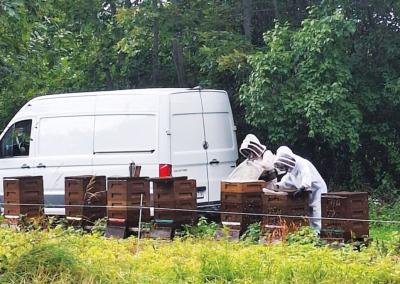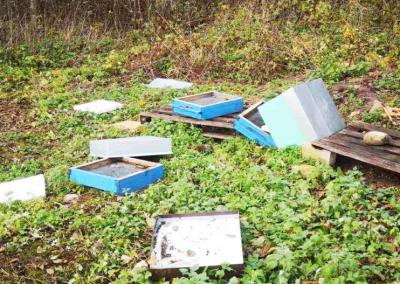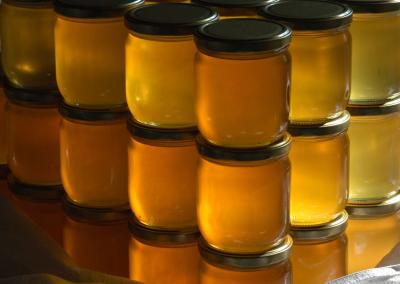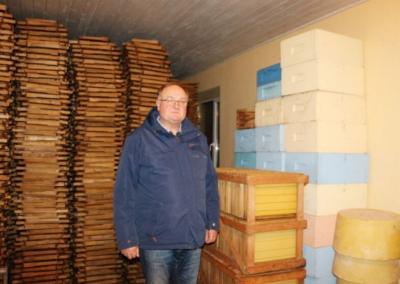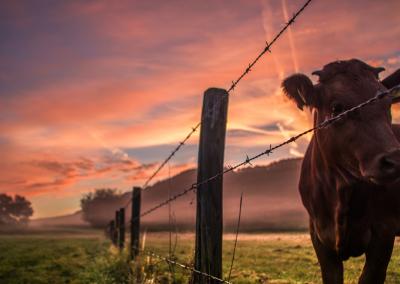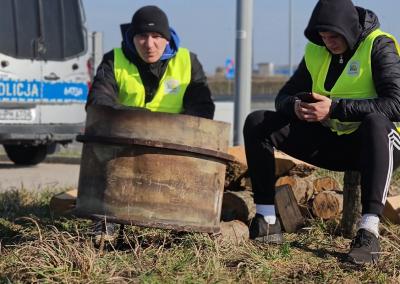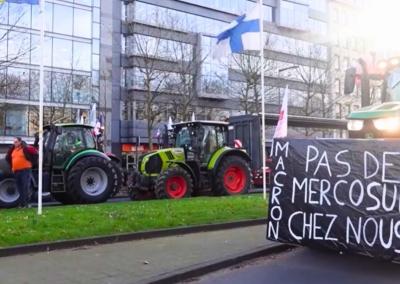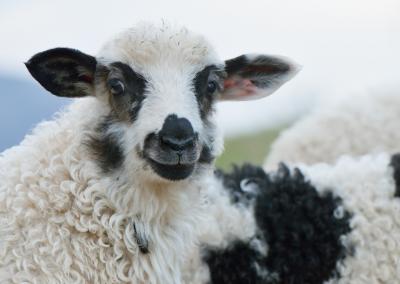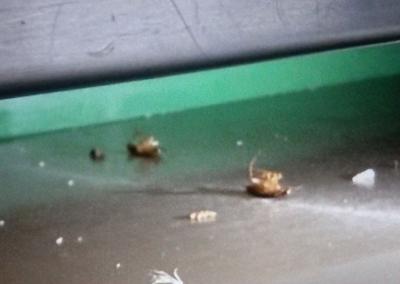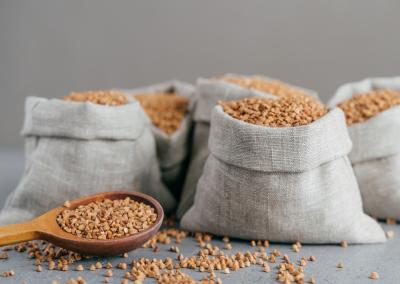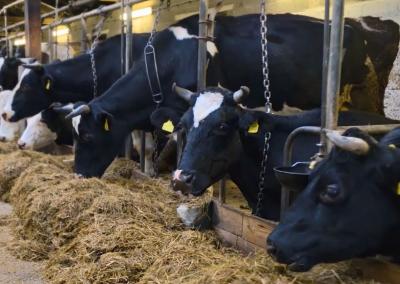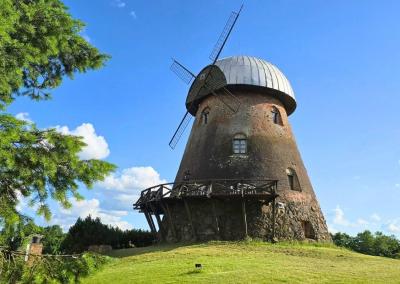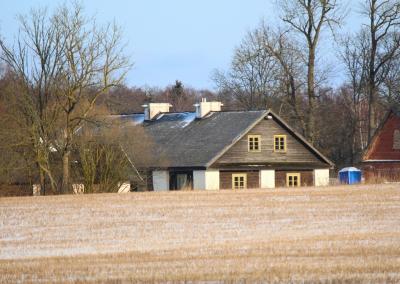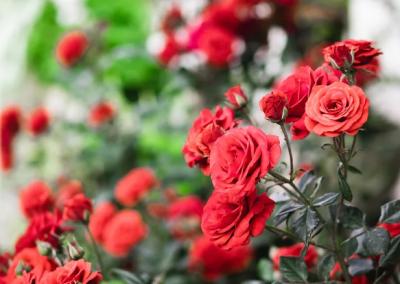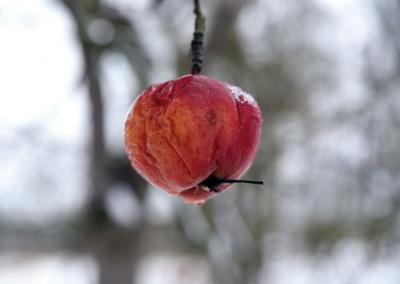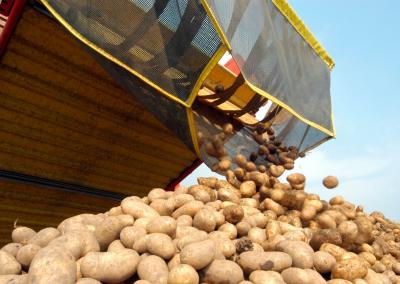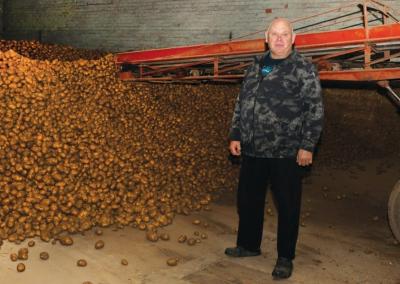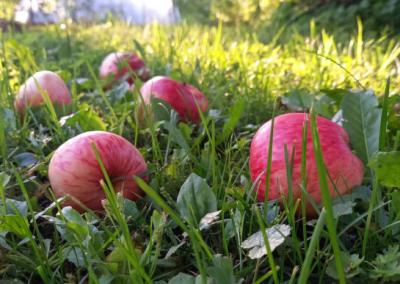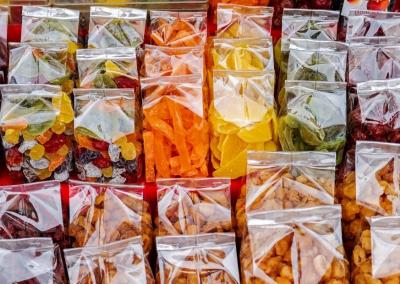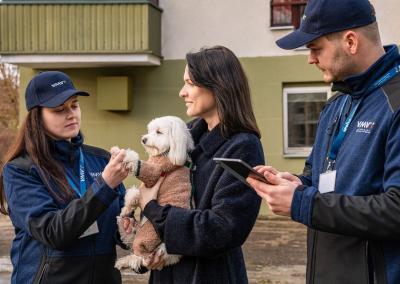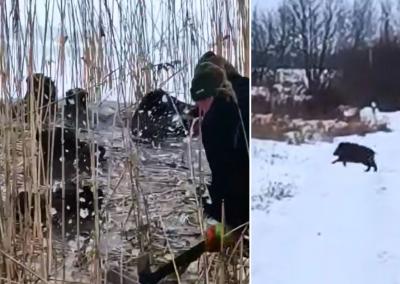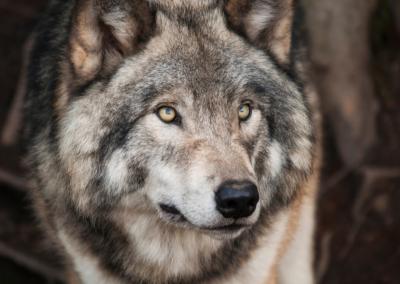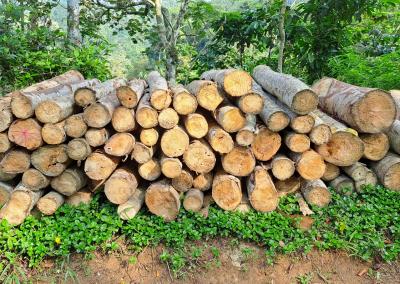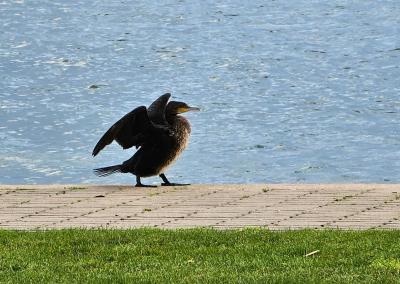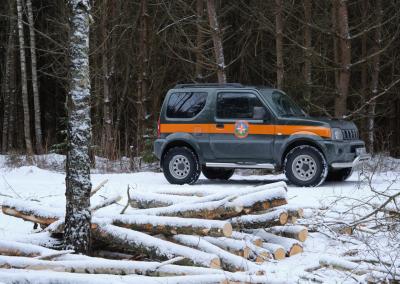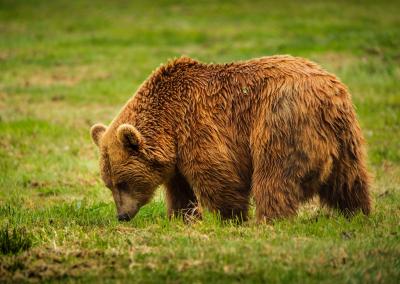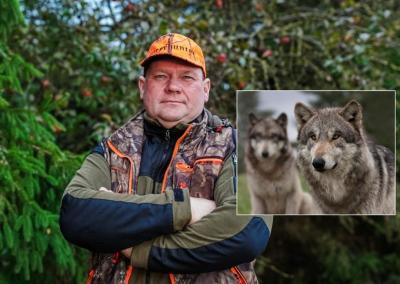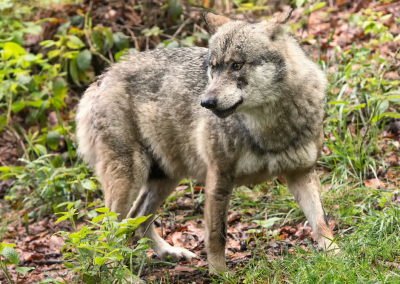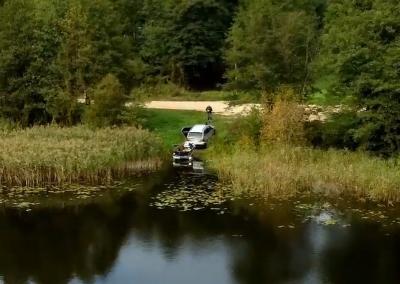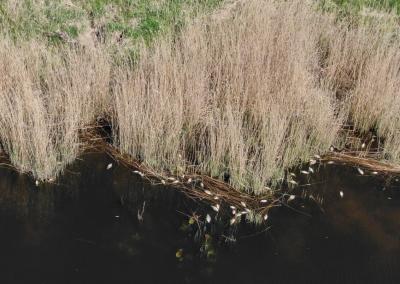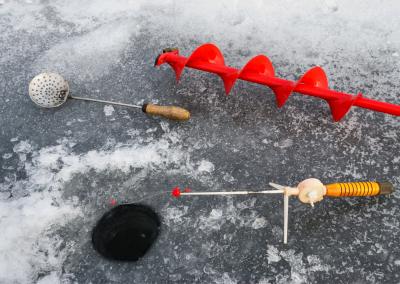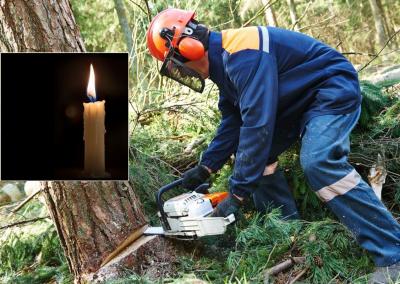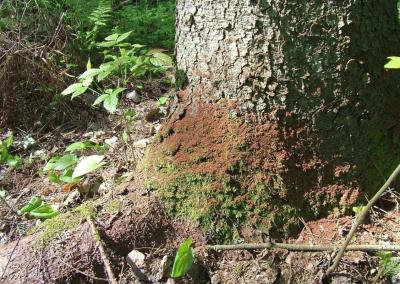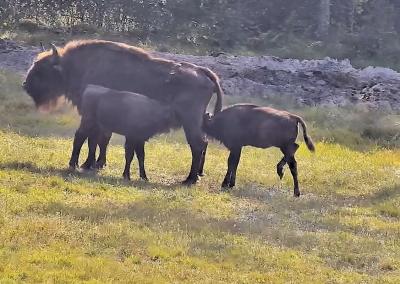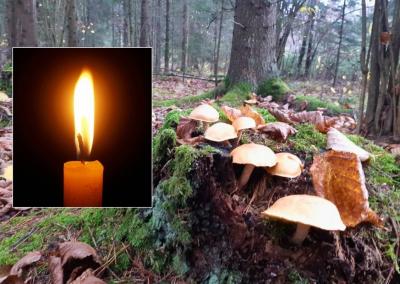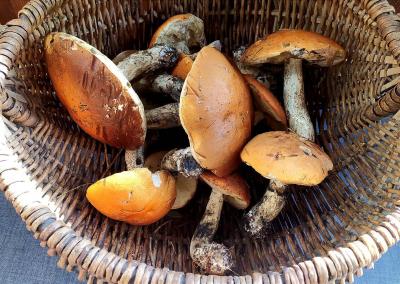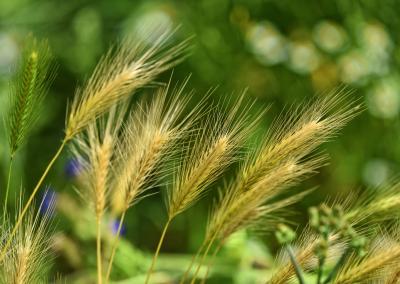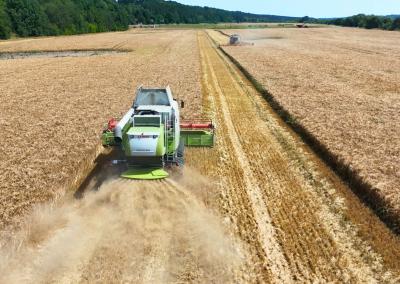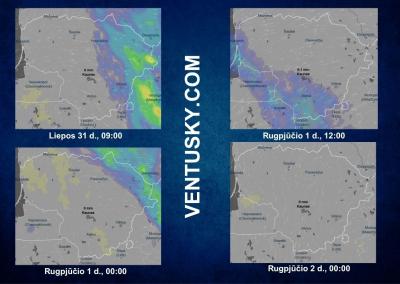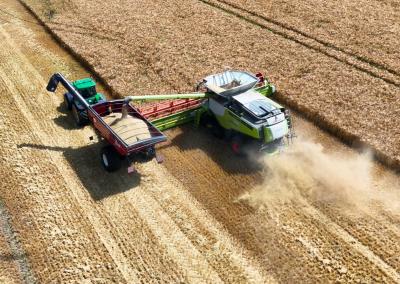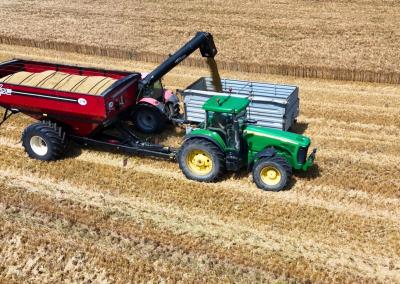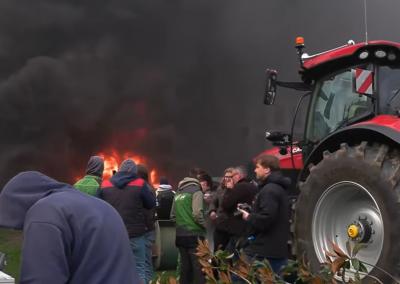The first combine harvesters hit the fields (VIDEO)
Summer is in full swing and you can already see harvesters in the fields. A week ago, however, things were still looking bleak. „The attempt to mow was. But after a couple of trailers, the rain drove them away," says Tadas Stalioraitis, a farmer in the Šakiai municipality. Audrius Vanagas, head of the Lithuanian Grain Growers' Association (LGAA), echoes him, saying that so far only sporadic drives have been observed throughout Lithuania, although winter rapeseed harvesting has also been observed recently. The weather has improved slightly, but for how long?
Favourable weather
„Most of the grain is still immature and farmers are waiting“, – says Mr Vanag. Threshing has intensified in southern Lithuania. In the northern part of the country, farmers have only cleared isolated fields, according to the head of the LGAA.
„The weather is not good. Every day it is slowly raining and the forecasts of the forecasters do not promise anything comforting," notes A. Vanagas. What does this mean for farmers? „All the work is piling up. Both barley and wheat threshing are moving in the same direction“, – replies the head of the LGAA.
„When I cut the moisture was 14–14.5– which is ideal. But now it doesn't even show a couple of days without rain, so we don't know how it will be," shares farmer T. Stalioraitis, the first data from the fields, adding that if the weather stays the same, the barley crop could be knocked down by rain.
Last year, the first combine harvesters rolled out in southern Lithuania in early July.
(Un)fertile crop
„Threshing of cereals starts with winter barley. Farmers often choose this crop for crop rotation," says Vanagas. However, he points out another nuance. Usually, with barley, farmers also test the capacity and potential of machinery. However, barley is usually neither high yielding nor profitable, especially this year.
„Farmers calculate that the cost of winter barley is 6–7 tonnes per hectare. That is how much would need to be cultivated per hectare to at least break even. If yields are still around these figures and prices remain stable, there will be little profitability," concludes the LGAA manager.
Growing is easy but not profitable
„Barley is more susceptible to winter frosts. They can overgrow in autumn. Lupus is also a significant threat. And this year, if the barley is not harvested in time because of the changeable weather and rain, it may simply die," says Mr Vanag. The main risk, however, is low profitability.
T. Stalioraitis reveals that this is the second year he has sown winter barley, but this is the last year. Why? „It's simple with cultivation. But the prices are tragic and it's very difficult to eradicate them from the soil," he says bluntly.
Agricultural Data Centre data show that on 16–22 June. The average buying-in price for feed barley (class II) at Lithuanian grain buying companies on 22nd&ndash 22 was EUR 167.34/t. This is 0.74% lower than in the same period in 2024.

